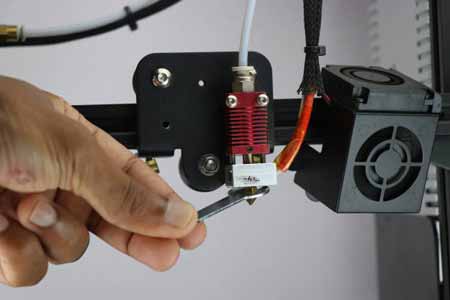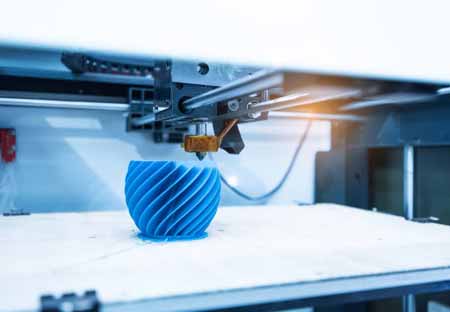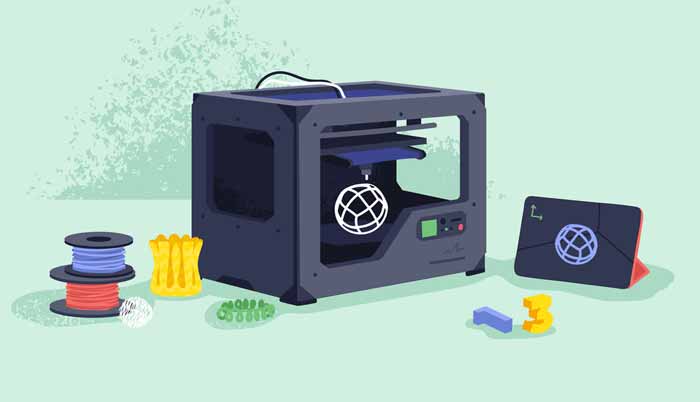The first and most common 3D printing problems is warping, which happens when a model begins to bend upwards and no longer rests flat on the print platform. It can also develop horizontal cracks along the upper parts of the model. Plastic materials like ABS or PLA will shrink slightly as they cool, resulting in warping. You can adjust the temperature of your extruder to prevent this problem. To get started, read our guide to warping.
Common Problems with 3D Printers

The first layer of a print doesn’t stick to the bed. Usually, this is caused by the bed not being leveled properly. This could also be the result of a low bed temperature. Some materials require a heated bed, which can be adjusted within your slicing software. The material feeding gear may be the culprit, so be sure to check it carefully before beginning your print. However, there are some other common problems with 3D printers that you should look out for before you begin.
Cross Volume
Incorrectly-designed parts can cause 3D printing problems. One of the main reasons why these objects don’t work is that they have thin walls. When designing your 3D model, make sure the walls of these parts are thicker than the rest of the model. If you have cross volumes, you should be careful to adjust your volume as much as possible. This is a major problem with 3D printing, and you should be careful not to make them too thin.
Preventing Warping
Another common 3d printing problem is warping. This happens when the material cools quickly, leaving the edges of your model unprinted. This causes your print to look terrible. To avoid this problem, try tweaking the temperature of your printer. This is often possible, but it’s not always effective if your model is complex. A heated bed will also prevent the filament from dripping during the print process. You should never let this happen to you!
3D Printing Clogs

Clogging is another common 3D printing problem. The plastic filament is extruded out of the printer and is forced to go through a very small nozzle. The melted plastic must be smooth and free of imperfections in order to be able to print the model. Unfortunately, this isn’t always possible. The most common 3D printing problems are the ones involving a poor quality design. By following these tips, you can avoid printing problems like clogging and warping.
Avoid Stringing
A poorly designed model may cause stringing. This occurs when the head of the printer releases filament, and the print looks awful. You can avoid stringing by adjusting the temperature, but this won’t work for complex models. Ensure that you enable retraction settings on your model. If you use a heated bed, it will help prevent this problem completely. This will prevent the filament from dripping out of your model.
Fixing Stringing Problems
One of the most common 3D printing problems is stringing. This is a common problem where the filament leaks out of the printer head. It’s not only annoying but can make the model look terrible. To avoid this, try tweaking the temperature. But it’s important to keep in mind that this solution can only be applied to simpler models. A heated bed can also help you prevent warping. If you have a heated bed, you should enable it.
Summary
Incorrect 3D printing parameters can result in holes in the top layer. These holes will appear in the faulty layer. A 3D printer that doesn’t use a Boolean function will produce a flat, smooth surface. If the Boolean function doesn’t work, the part will not be able to print at all. If you want to avoid these problems, take a look at the steps below.
